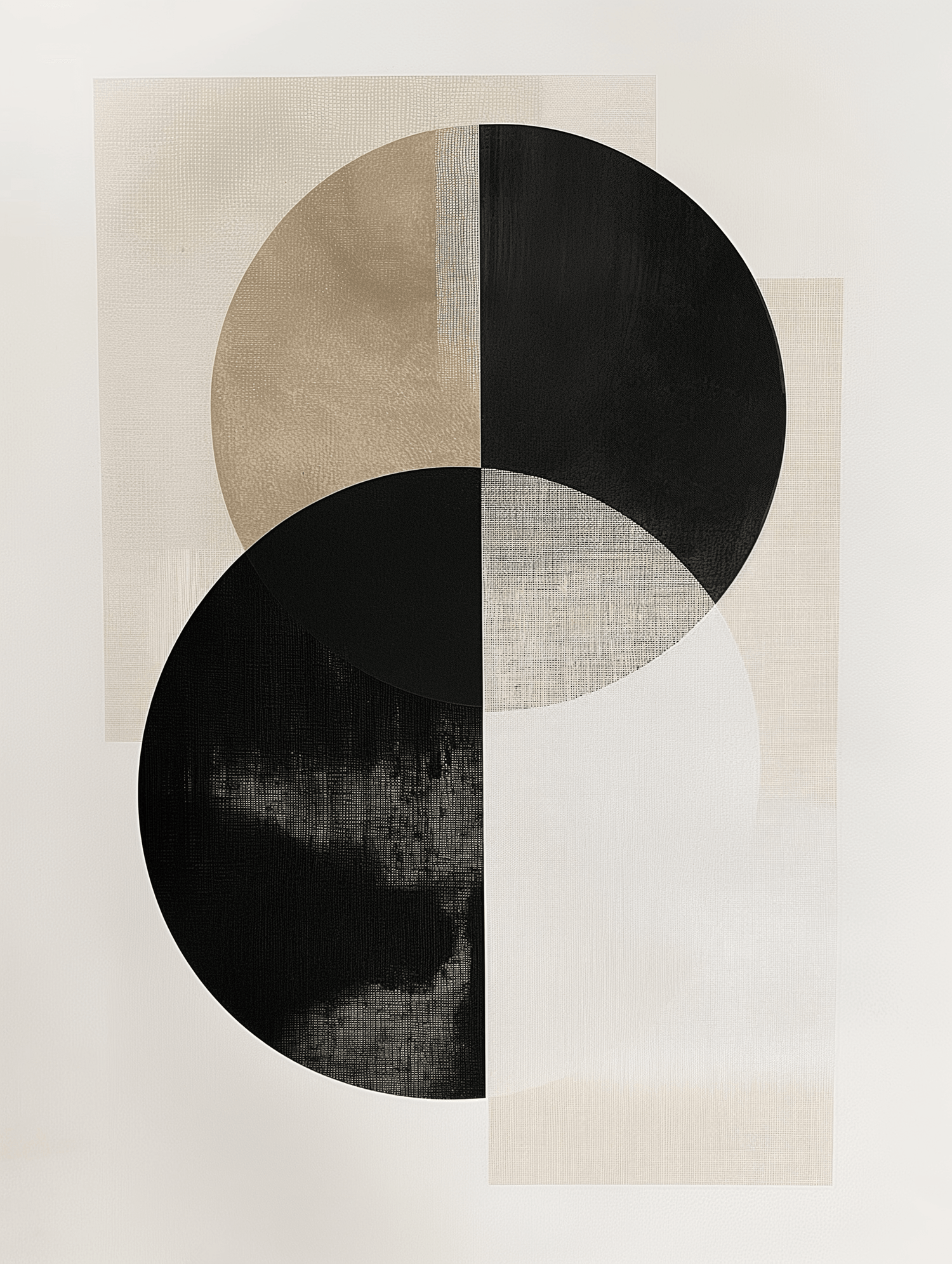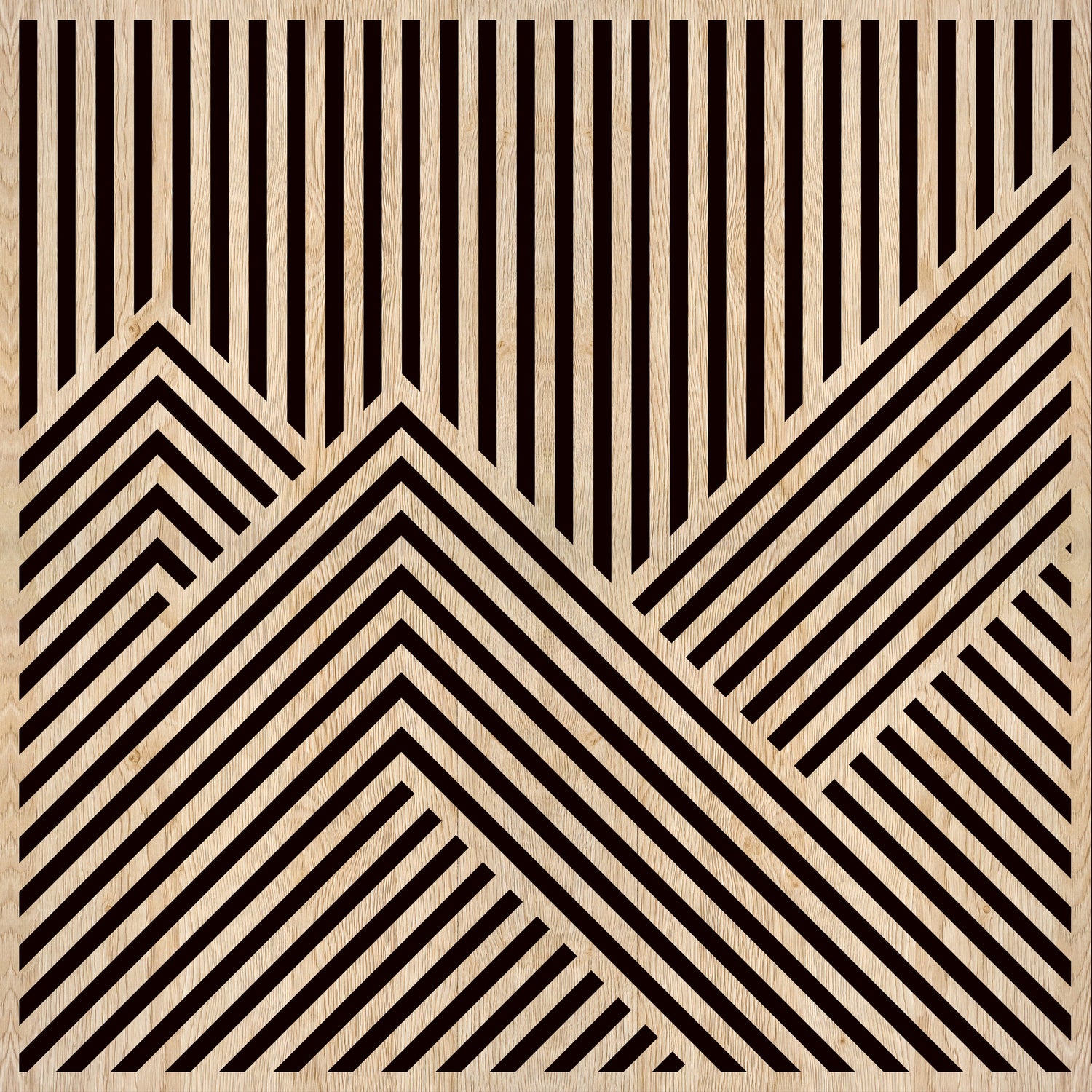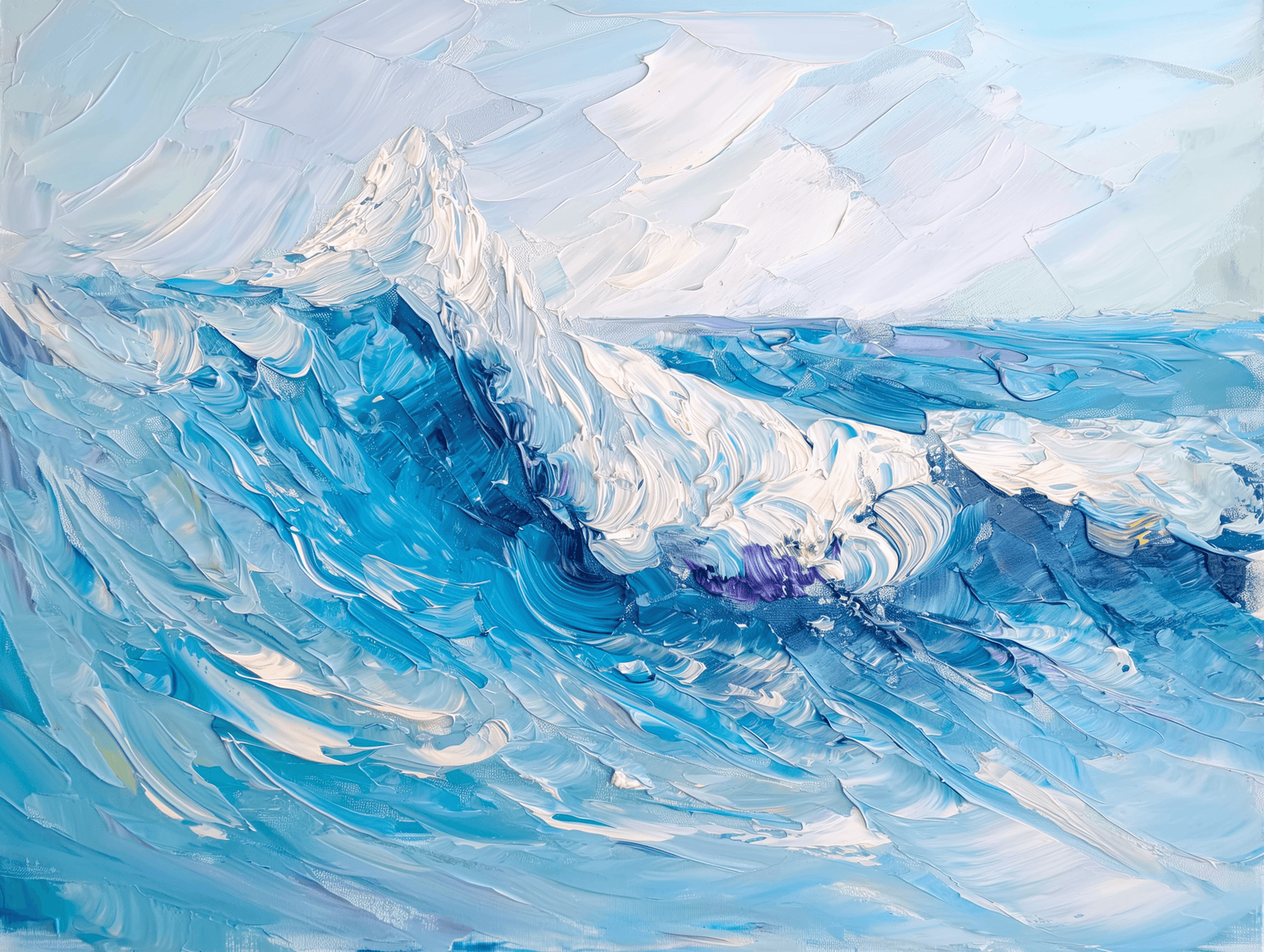
In the heart of the Italian Renaissance, alongside names such as Raphael, Leonardo and Michelangelo, stands an elegant and revolutionary figure: Antonio Allegri, better known as Correggio . Born in Correggio, Emilia, around 1489, this extraordinary artist was able to profoundly innovate the pictorial language with daring perspective solutions and a use of light that anticipated the Baroque by centuries.
Correggio is often called the "painter of the sky", for his ability to open domes and ceilings towards infinity, blending mysticism, movement and grace in a single, magical balance.
His brush strokes come to life, conveying the original emotion in a contemporary way.
Who was Correggio? A life between shadows and light
Antonio Allegri was born in Correggio , a small village in the Duchy of Modena and Reggio. Although there is little information about his education, it is certain that he was a self-taught genius, capable of assimilating influences from Leonardo da Vinci, Andrea Mantegna and Raphael. He worked mainly in Parma, a city that became the stage for his most famous works.
His career was relatively short: he died in 1534, at the age of just 45. But in the space of two decades he managed to revolutionize the language of religious painting with visionary works that seemed to emerge from a dream.
The most famous works of Antonio Allegri known as Correggio
1. The dome of the Parma Cathedral (1526-1530)

The Assumption of the Virgin : a celestial apotheosis
Perhaps his most spectacular and innovative work. The dome of the Cathedral of Parma is transformed into a whirlwind of figures ascending towards the sky. The body of the Virgin seems to dissolve into the light, dragged by a multitude of angels, saints and prophets in flight.
Curiosity: The work was considered “scandalous” by some contemporaries for its audacious perspective. But it was precisely this dynamic vision that later inspired the Baroque and artists such as Giovanni Lanfranco and the great Tiepolo.
2. Chamber of St. Paul (1519), Monastery of St. Paul, Parma
A Ceiling of Plants and Cherubs: Art and Symbolism
Another illusionistic masterpiece. In the Chamber of Saint Paul, intended for a cultured and unconventional abbess, Correggio frescoes a pergola of branches and leaves, animated by putti that look out from between the arches, creating the illusion of an open space.
Curiosity: The work was hidden from the public for a long time because it was considered "too profane" for a convent. Only in modern times was it rediscovered and revalued as a jewel of Renaissance art.
3. The Madonna of San Girolamo (1527-1528), called "The Day"
 This work, now in the Galleria Nazionale in Parma, is a hymn to motherhood and beauty. The Madonna sits on a throne with the Child, surrounded by saints including Jerome, Catherine of Alexandria and John the Baptist.
This work, now in the Galleria Nazionale in Parma, is a hymn to motherhood and beauty. The Madonna sits on a throne with the Child, surrounded by saints including Jerome, Catherine of Alexandria and John the Baptist.
Curiosity: The nickname "The Day" is due to the dazzling luminosity of the work, which seems to shine with natural light. A true triumph of tonal painting and grace.
4. The Ecstasy of Saint Catherine (ca. 1520)

One of Correggio's most sensual and spiritual works. Saint Catherine is portrayed in the moment of mystical ecstasy, surrounded by angels and in a pose of total abandonment.
Curiosity: The mix of the sacred and the erotic has scandalized and fascinated for centuries. Correggio anticipates here the sensibilities of the seventeenth century, especially Bernini's art.
5. Danae (1531), Borghese Gallery, Rome
With this canvas, Correggio enters Greek myth and erotic painting. Danae, stretched out on a bed, receives the “golden rain” of Zeus. The mythological theme is treated with elegance and sensuality, inspiring generations of painters.
Curiosity: Part of a cycle of four works dedicated to love and metamorphosis. The others are Leda and the Swan , Ganymede Abducted and Jupiter and Io .
Why is Correggio still relevant today?
Correggio is not just an artist of the past. His way of seeing the world, his ability to create “true illusions” with painting, still speak to our time. His frescoes and canvases seem to emerge from physical space and transform into immersive experiences, just like those we seek today in design, interior decoration and digital art.
Final curiosities about Antonio Allegri
-
He signed very little : many works are attributed to him thanks to their style, not their signature.
-
Visionary of perspective : his spatial inventions anticipate Baroque art by at least 100 years.
-
Loved by artists, ignored by critics : for centuries Correggio was underestimated by historians, but revered by painters, from Rubens to Delacroix.
-
In Parma he is an institution : in the Emilian city he is considered an identifying figure, like Dante in Florence.
Conclusion: Correggio, between dream and reality
Antonio Allegri, known as Correggio, was a poet of painting, capable of blending classical harmony and visionary invention. His works continue to speak to us today, thanks to the power of art and the possibility of bringing it into our homes in an innovative way.








